|
Last week I took the boys up to London to visit the British Museum. After several hours of gawking at artefacts and marvelling at mummified cats, we decided we'd had enough. Although it wasn't nearly as busy as the Natural History Museum or the Science Museum, there were still a lot of people. Once outside, I convinced the boys (read: bribed with souvenir chocolate mummies) to take a 15 minute walk to the Charles Dickens Museum. Tucked away down a quiet residential street, the museum seemed a world away from touristy London. This charming Victorian terrace was Dickens' home from 1837 to 1839. Here he completed The Pickwick Papers and Oliver Twist and began work on Nicholas Nickelby and Barnaby Rudge. Of course, those titles didn't mean much to my young travel companions, but the boys are big fans of A Christmas Carol (or as it's known in our house: The Muppets' Christmas Carol). We were delighted to find that we practically had the place to ourselves. There were a few other families, but we were rarely in the same rooms at the same time. The lovely tour guide took us around the ground floor and went out of her way to point out things that would be of interest to children. Of course, the highlight had to be the study and Dickens' mahogony writing desk, which was moved here from his home in Kent, Gad's Hill Place. I had goosebumps just looking at that weathered writing surface and thinking of all the hours Dickens would have spent at this desk working on Great Expectations and A Tale of Two Cities. On the third floor, we found the servants quarters and the nursery. We were a bit surprised to find a section of jail bars from the Marshalsea prison here. Dickens’s father was sent to the infamous prison in 1824 for debts to a baker. Young Charles, who was 12 at the time, was forced to give up school and work in a factory. This event would inspire some of his best novels and undoubtedly shaped his own childhood. After we finished with the house, we came back through the gift shop. Although small, the Curiosity Shop (as they call it) was packed with Dickensian memorabilia and other literary gifts. The boys were a little disappointed with the lack of Muppet tie-in souvenirs. Had there been so much as a Kermit as Bob Crachet bookmark, they would have been the happiest of customers. Instead, they settled for tea and scones from the cafe. As we sat in the quiet courtyard, we wondered if Dickens may have taken his tea in the exact same spot. We decided that he had and that we were very lucky to be sitting there now.
0 Comments
Just as the new Mrs de Winter lives in the shadow of her predecessor, Netflix's new adaptation of Daphne du Maurier's Rebecca has some big shoes to fill. But there's at least one way this version can outshine the Hitchcock classic and that's the setting. Manderley, Maxim de Winter's sprawling coastal estate, plays an integral role in the novel and here we finally get to see it in all its glory. While the 1940 movie was primarily shot on Hollywood backlots (with a miniature tabletop house), the Netflix film takes us into the heart of the British countryside and to Manderley on a grand scale.
Starring Lily James and Armie Hamer, Rebecca is now streaming on Netflix and although it may not measure up to the original, it's still wonderful to see du Maurier's classic novel brought back to life. Filming took place in the south of France and at several different locations around England. Instead of du Maurier's beloved Cornwall, the producers opted to film the coastal scenes over the border in North Devon at Heartland Quay. With its rough seas and history of shipwrecks, the area's craggy shore lent itself perfectly to the story. Acclaimed production designer, Sarah Greenwood (Atonement, Pride and Prejudice), was tasked with the impossible job of finding a house that matched du Maurier's descriptions of Manderley. In an interview with Dorset Magazine, Greenwood explained that seven stately homes were used in the production, with Cranborne Manor in Dorset taking a starring role as the main exterior of Manderley. The Cranborne estate is owned by the Marquess of Salisbury, whose main seat is Hatfield House in Herefordshire, which was also used as a filming location for several interior scenes, including the climactic costume ball. Another Dorset estate featured in many of the garden scenes as well as some of those in Manderley's west wing. Mapperton, near Beaminster, is a stunning Jacobean manor house and home to the Earl and Countess of Sandwich. You may recognise the exterior from the 2009 adaptation of Emma, where it appeared as the Weston's Randalls. Or from the 2015 version of Far from the Madding Crowd when it featured as Bathsheba's Everdene Farm. Scenes in the east wing bedrooms were filmed at Loseley House in Surrey. Three National Trust properties also appeared in the film, including Osterley House near Heathrow (the servants quarters), Ham House in Surrey (Mrs Danvers' room) and Petworth House in West Sussex, where that pivotal moment involving a family portrait was recreated in the sculpture gallery.
|
Categories
All
|
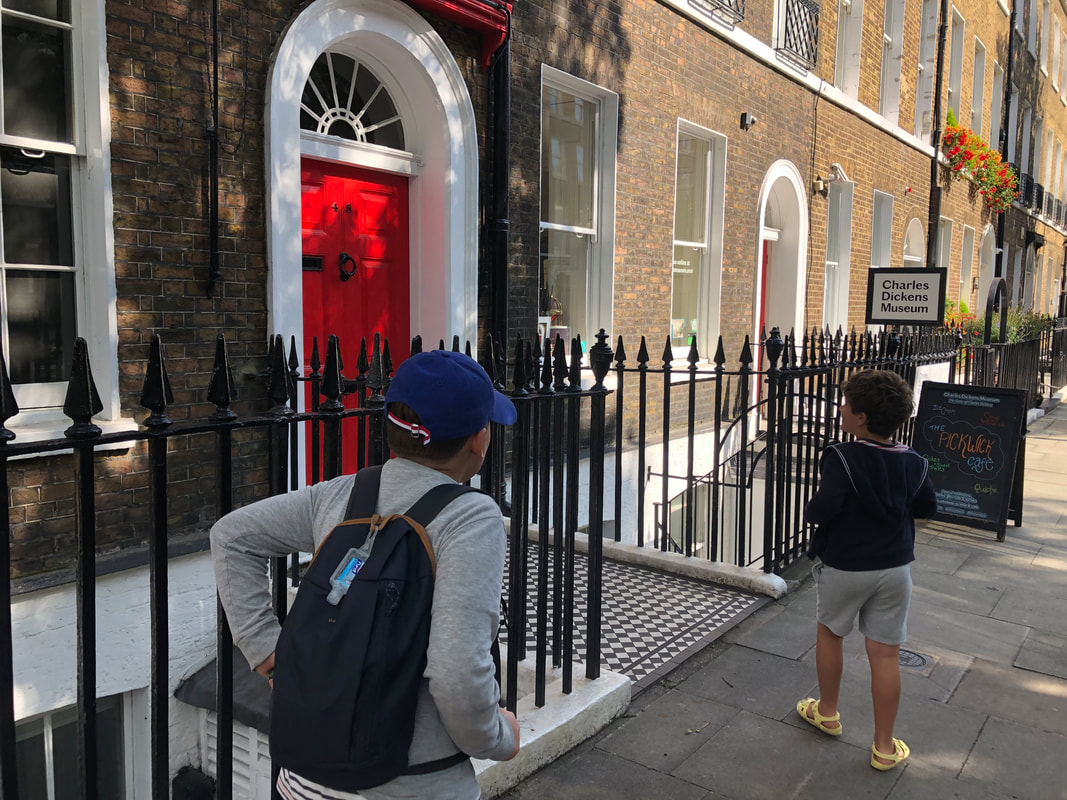
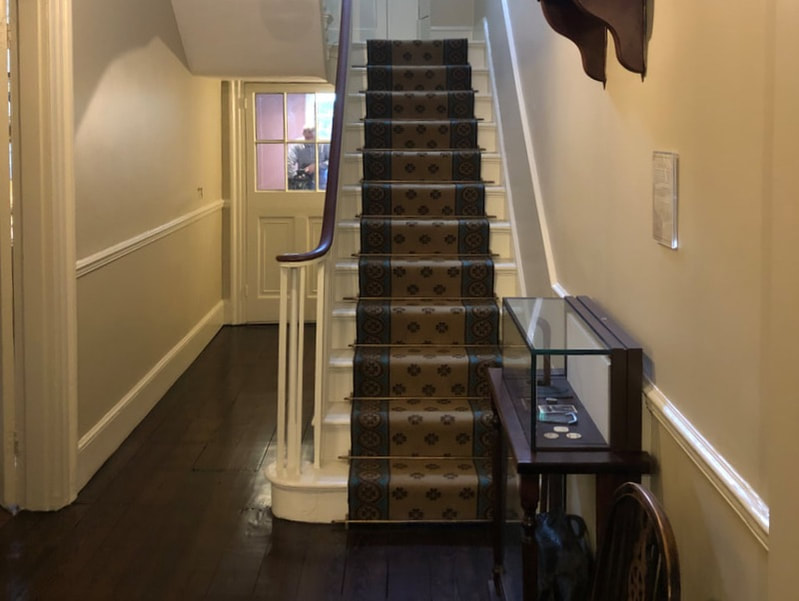
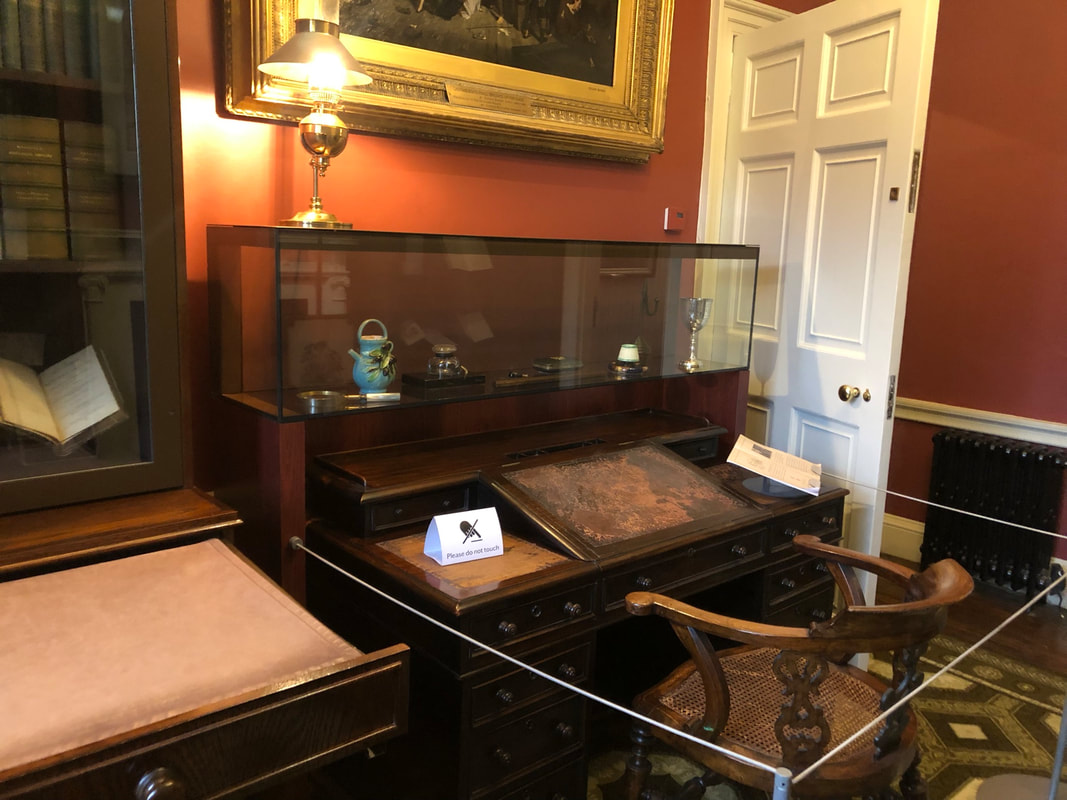
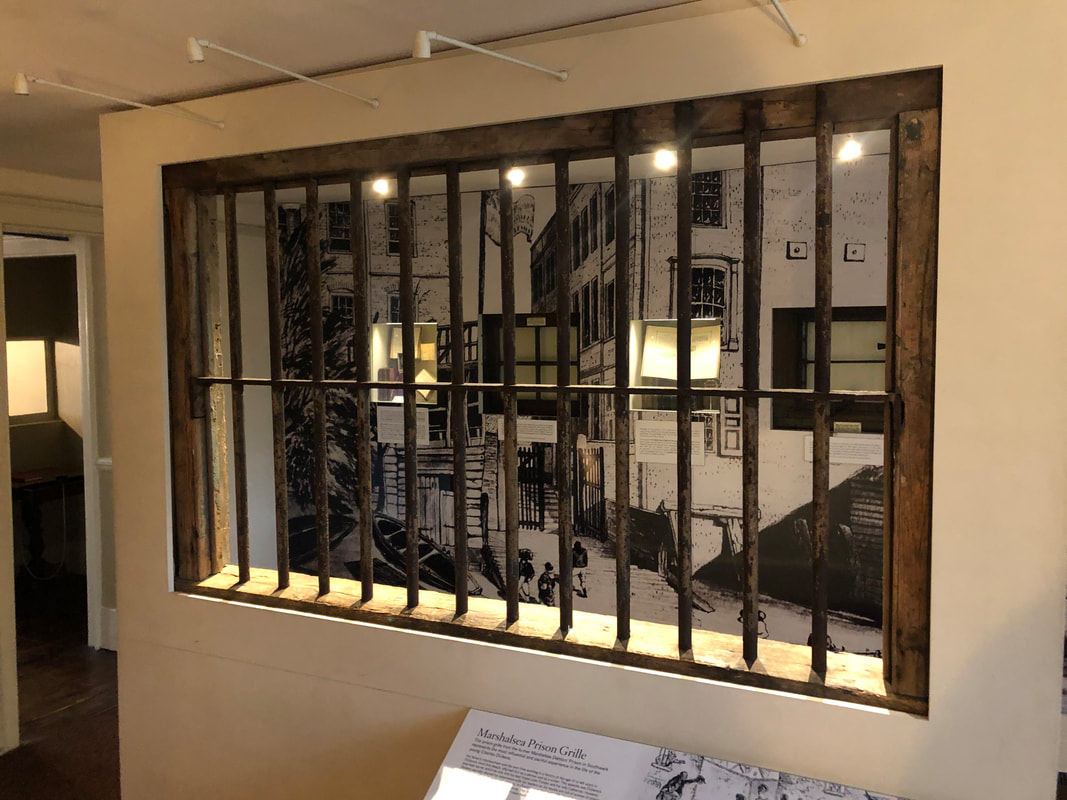
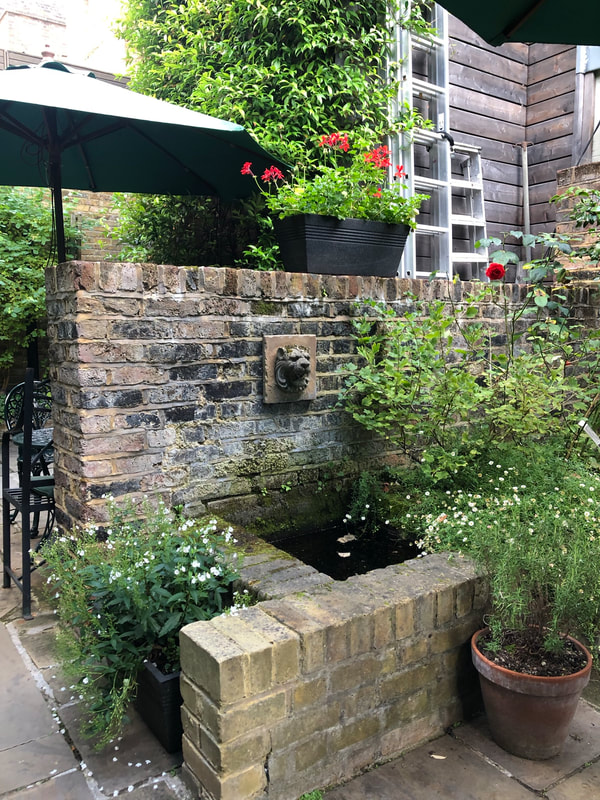
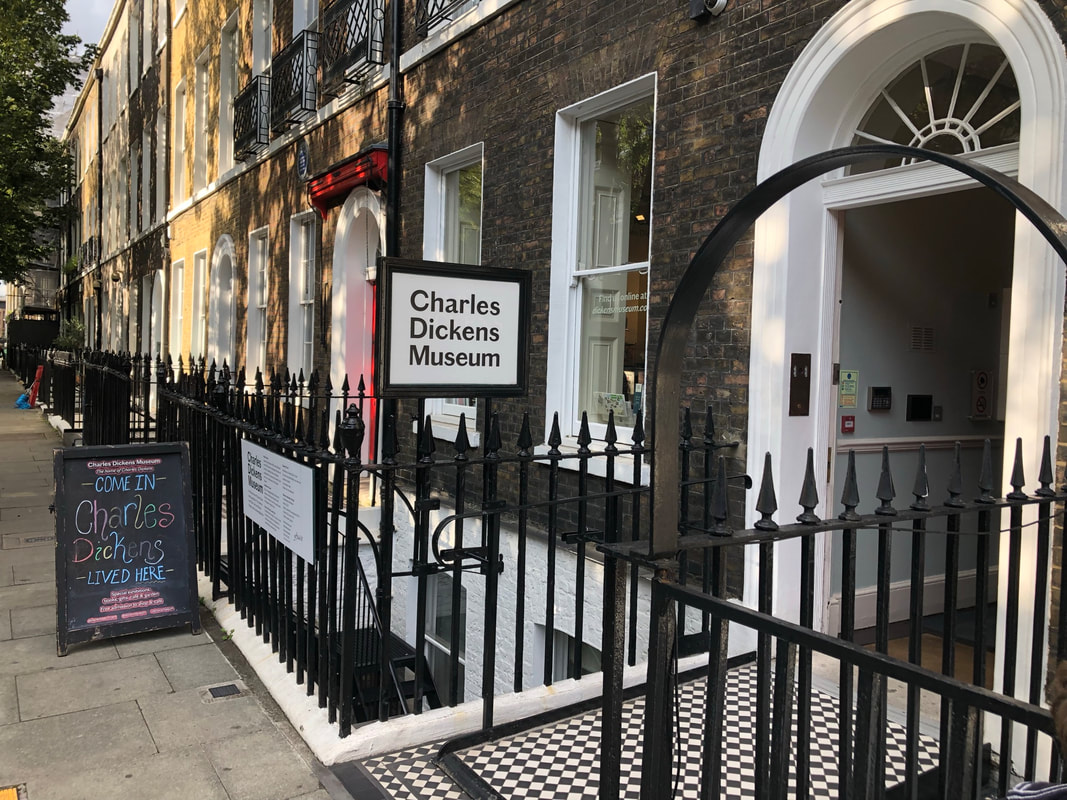

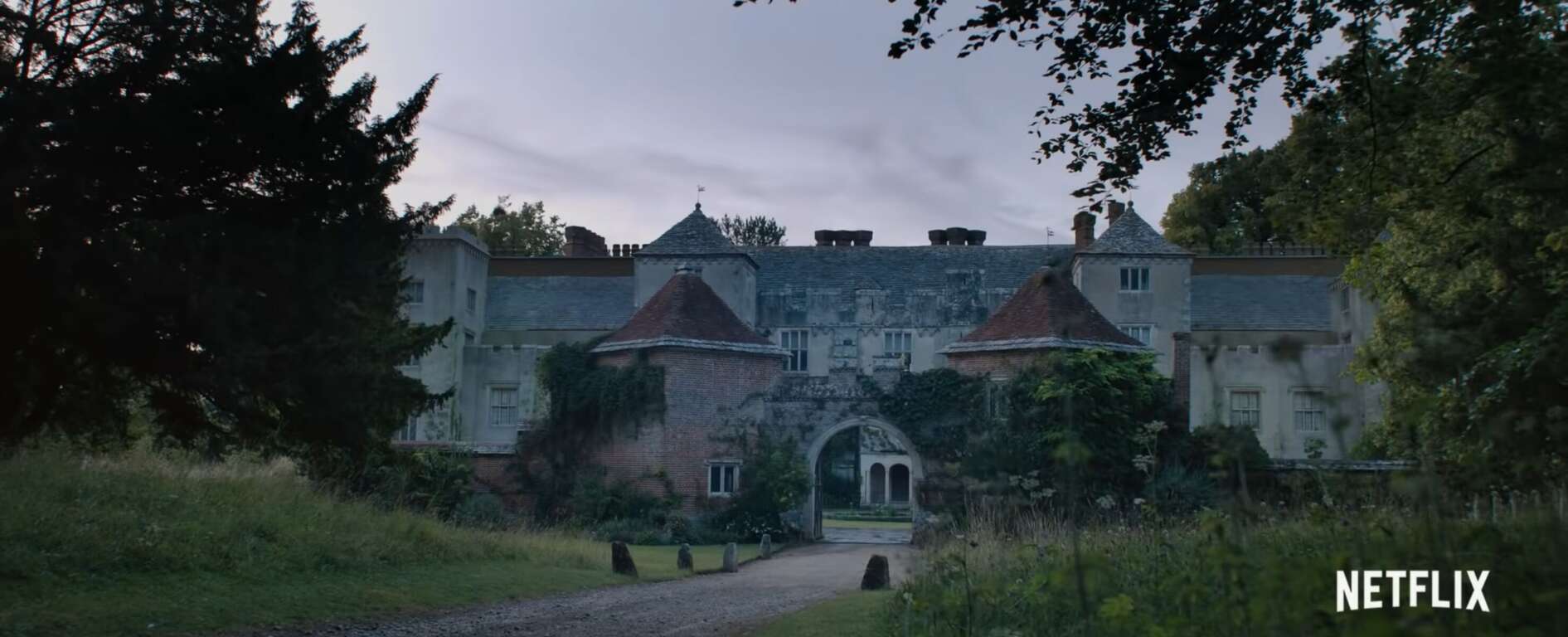

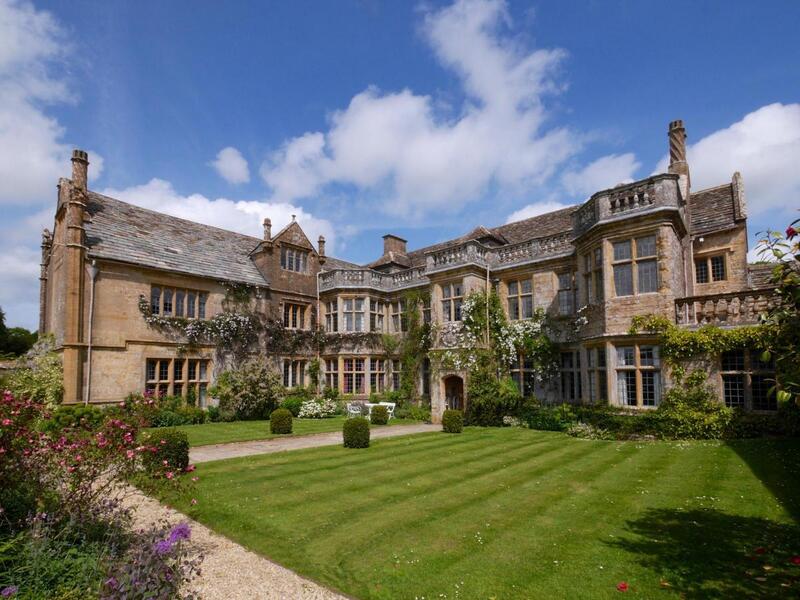
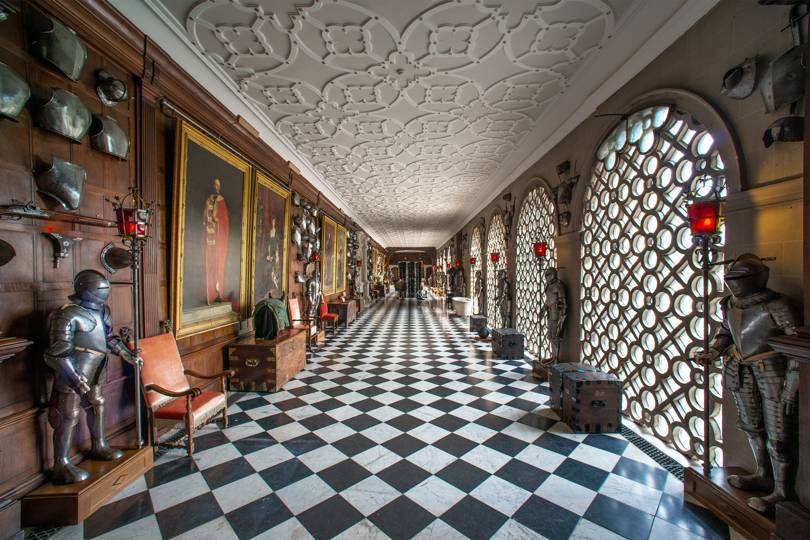
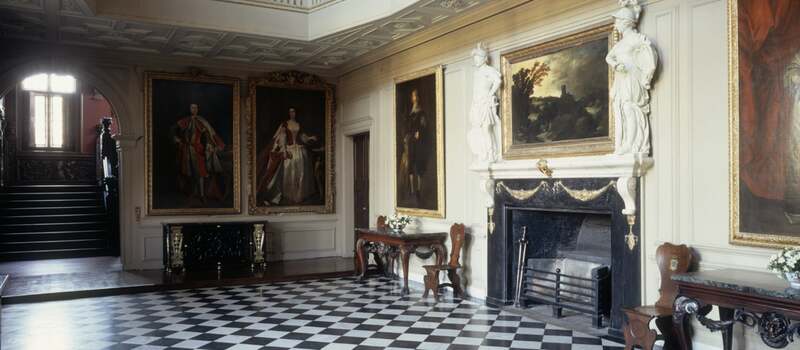
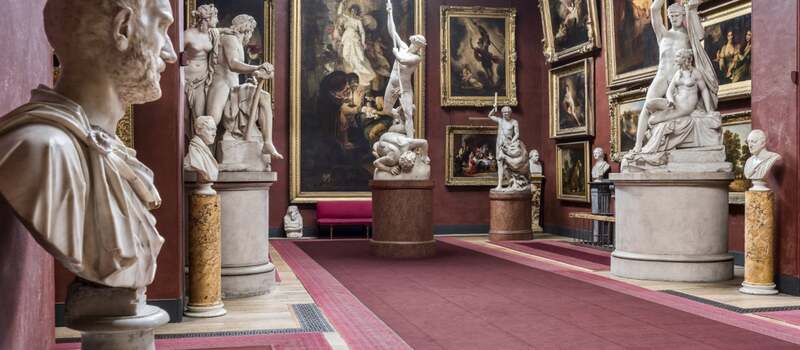
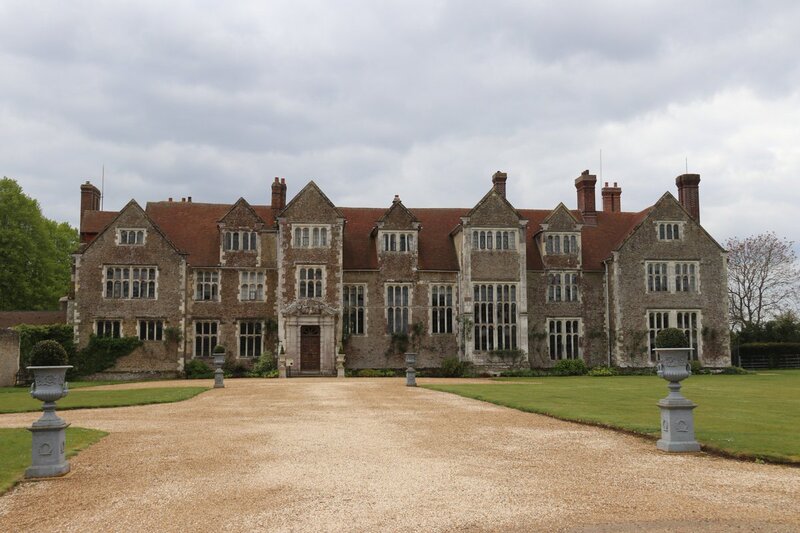
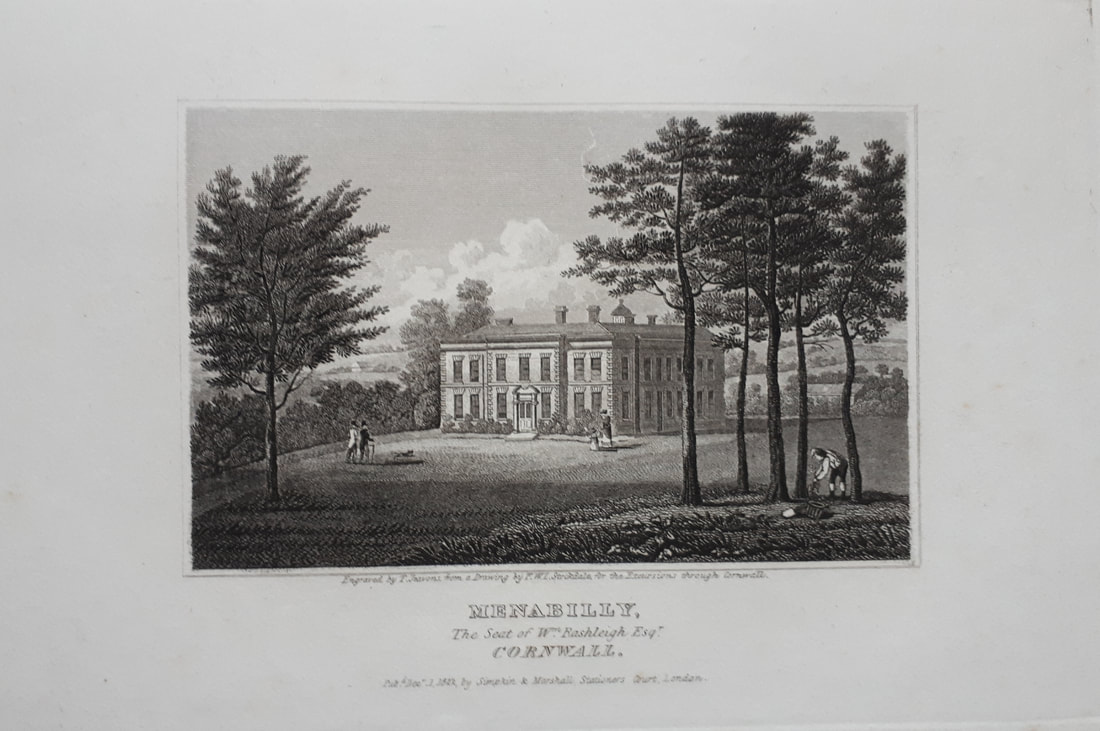
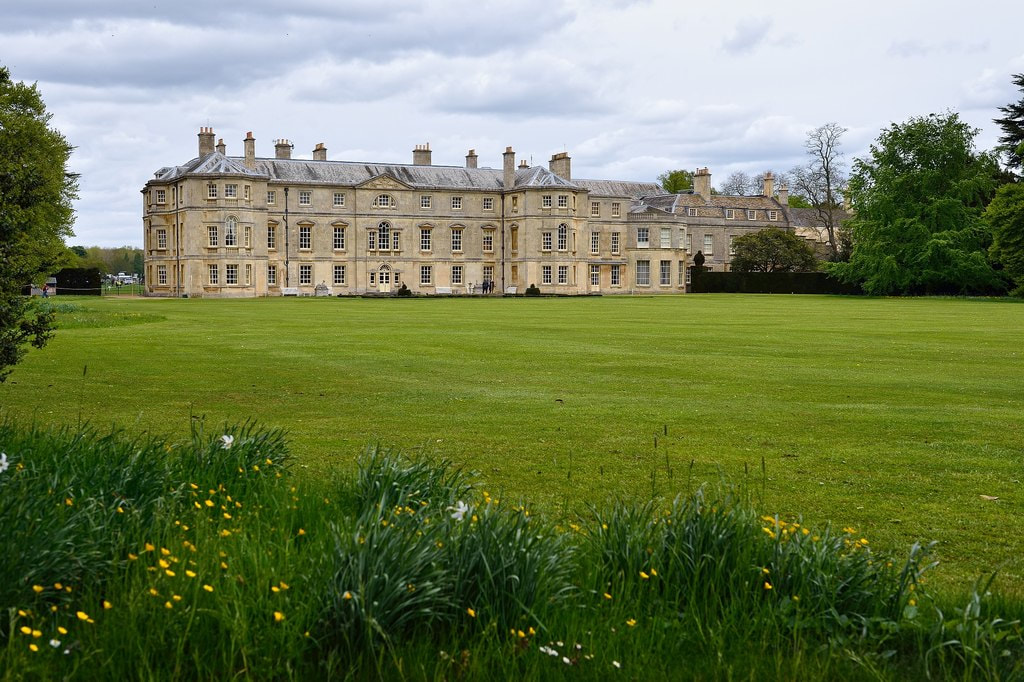
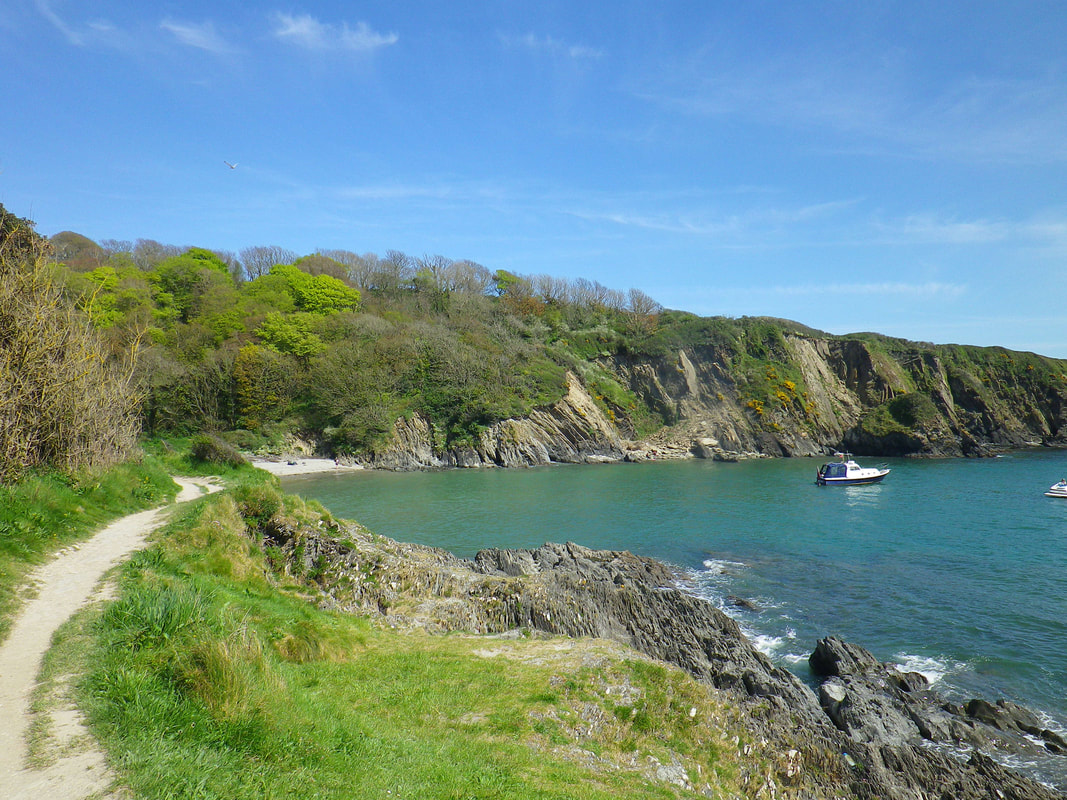
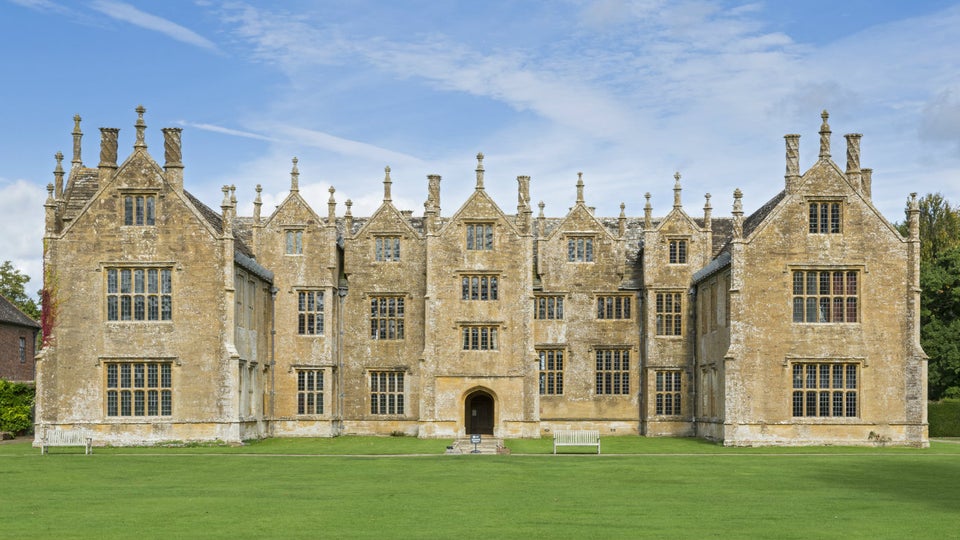
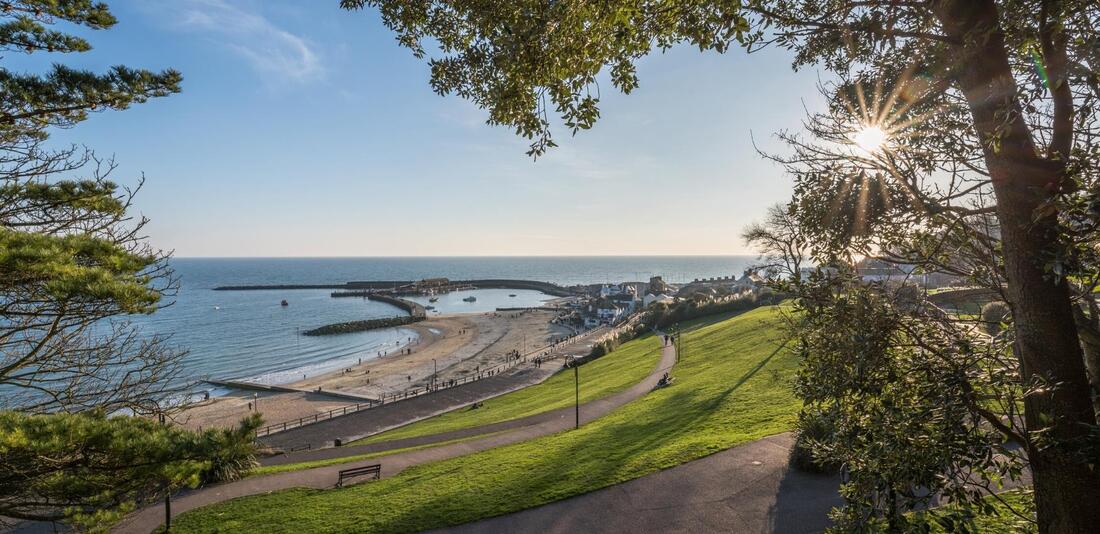
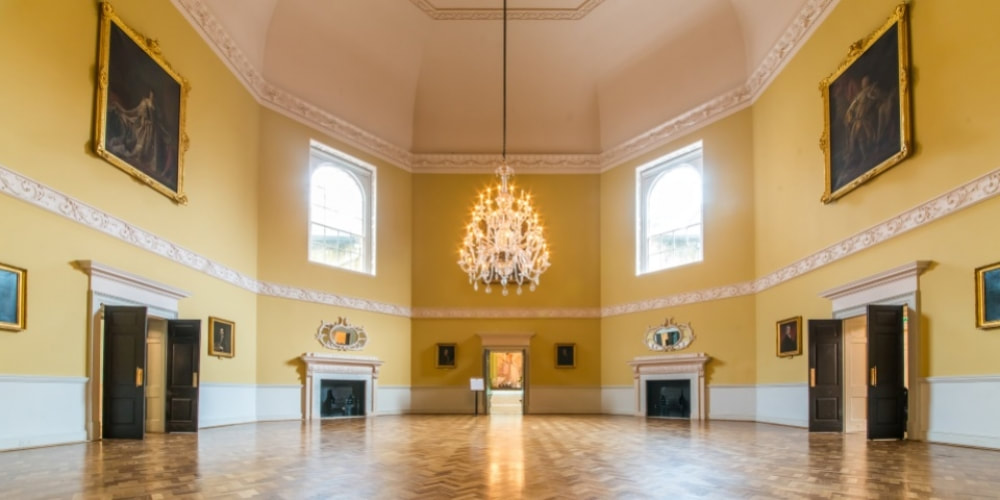
 RSS Feed
RSS Feed